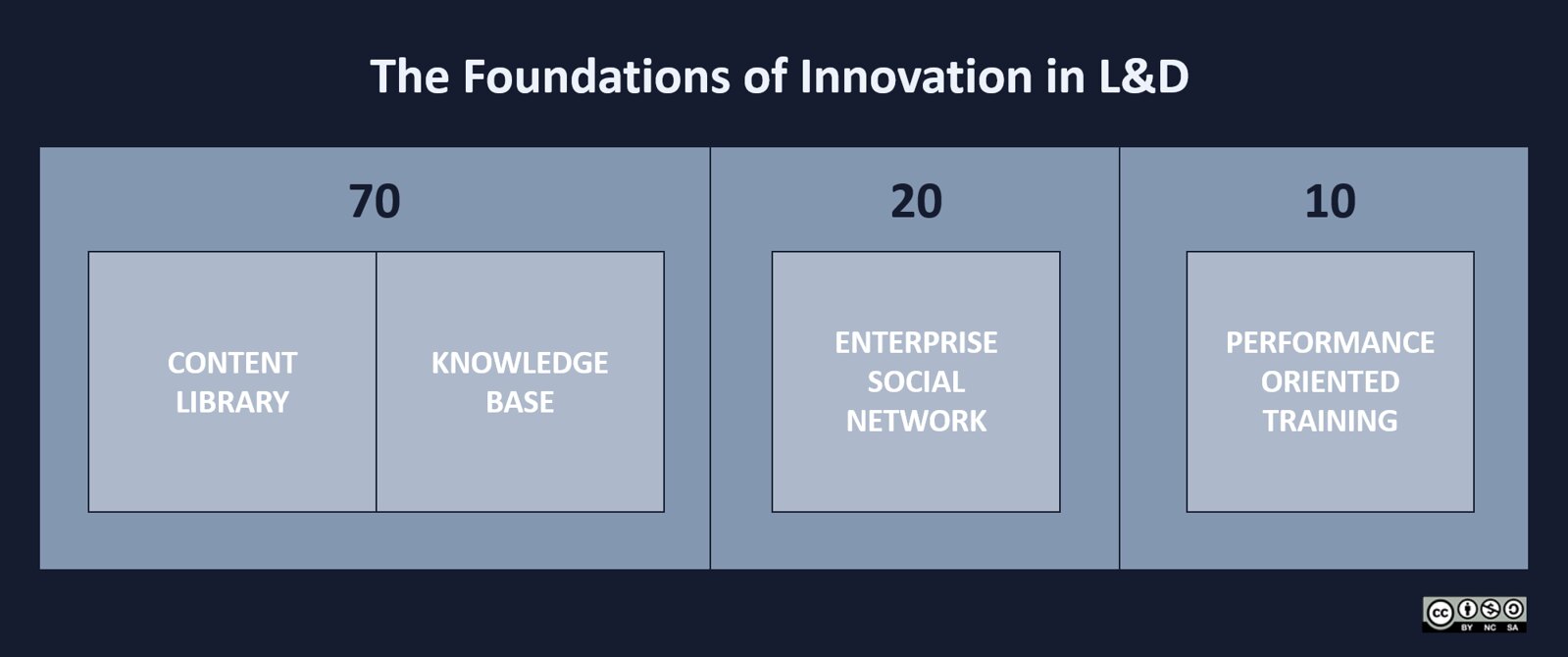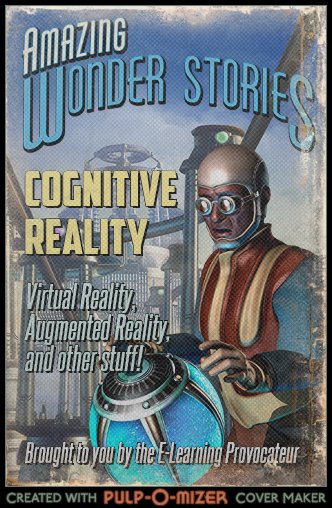I often miss webinars.
That might be because it was delivered at 3:00am local time, or during a manic working day, or after hours when frankly I’m not in the mood.
So I’m grateful when the event is recorded and I can play it back later. But, more often than not, I don’t do that either.
There’s just something about a 1-hour recording that turns me off. Unless the topic is irresistible, it’s too easy to move on to more pressing matters.
I’d rather read a summary of the key points – and according to the likes received by my recent tweet and the results of a poll I ran on LinkedIn, I’m not alone. In this era of time poverty and relentless distractions, it’s no surprise.
Yet there are good reasons to watch the footage. As Anna Sabramowicz points out, “Taking notes makes me remember the key points more, plus there’s so much nuance in the language people use, a summary might just diminish that. Context matters of course!” Indeed it does.
Of course there are no wrong answers here. Your preference is your prerogative, after all. And it is this point of preference that I maintain is missed in the discourse about learning styles.
As any L&D professional worth their salt will know, there is no weight of evidence to support the widely disseminated notion that some people learn more effectively visually, while others learn more effectively verbally. Case in point, whether I read a text or watch a video about a certain topic, I’d be confident to nail a quiz about it, so the mode of delivery doesn’t really matter.
However, empirical research in the educational domain is usually based on what L&D pro’s with a dark sense of humour would call a “captive audience”. Whether it’s a high school exam, a university assessment, or perhaps a mandatory online module, the participants are compelled to participate.
But as the 70:20:10 model attests, this does not represent the real world most of the time – especially in the corporate sector. In this largely informal learning environment, the mode of delivery does matter because the decision to participate rests with the individual.
In other words, regardless of some people’s preference to read text over watching a video, they’ll learn just fine by watching the video. It’s just that they’ll probably choose not to. So in the absence of the text, they’ll end up not learning anything.
The upshot is that if you’re a webinar producer, you could be failing to meet the needs of the majority of your target audience. Use the results of my research (as unscientific as it is) as an incentive to write up summaries for those who want them. As Donald Clark points out, “AI can do it all in seconds… and will.” So there’ll be no excuse.
And if you’re smart about it, the information you share in the summary will compel us to play the video.







